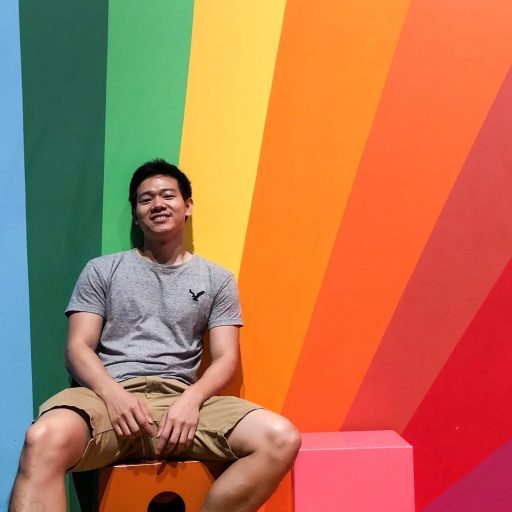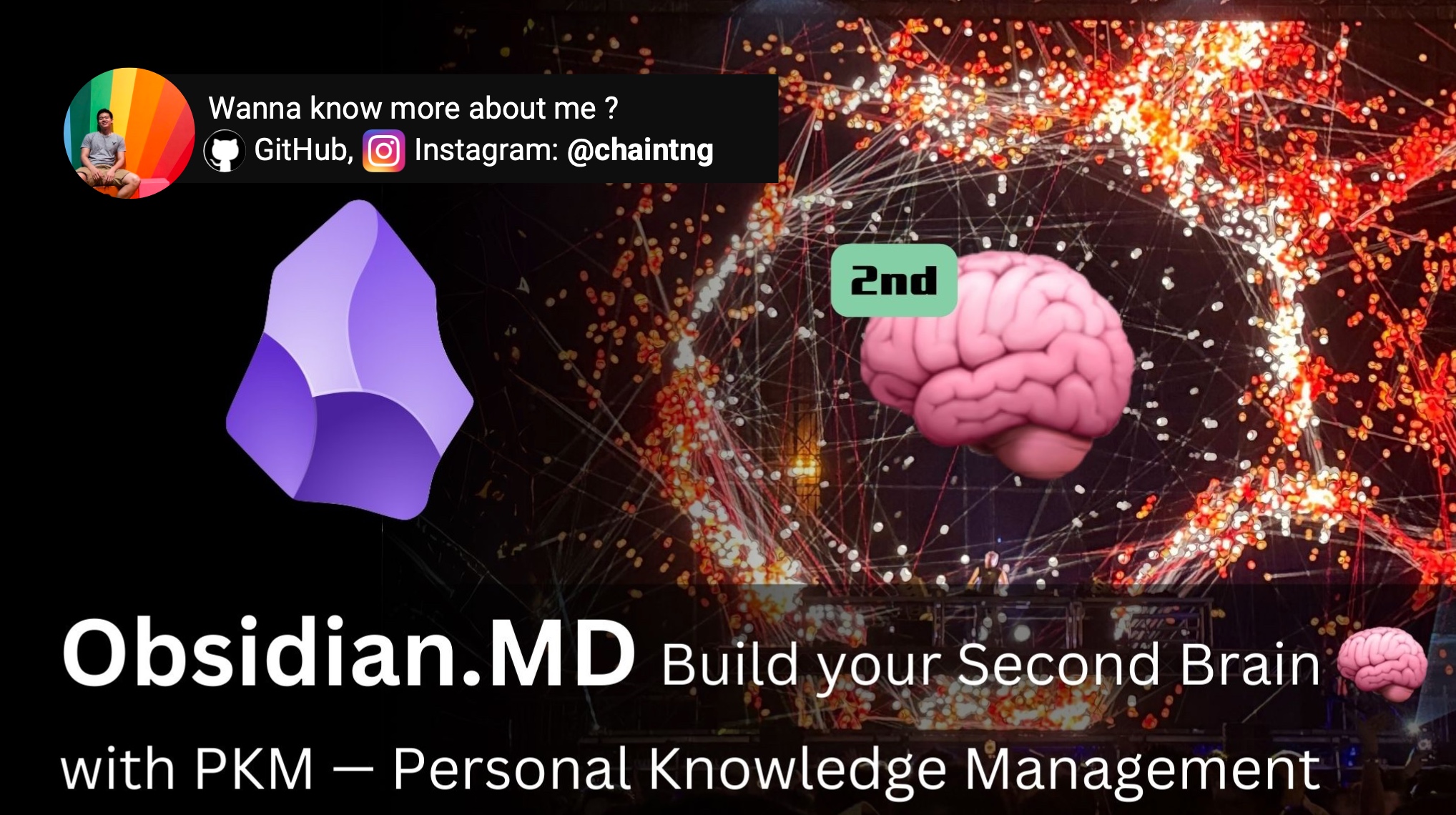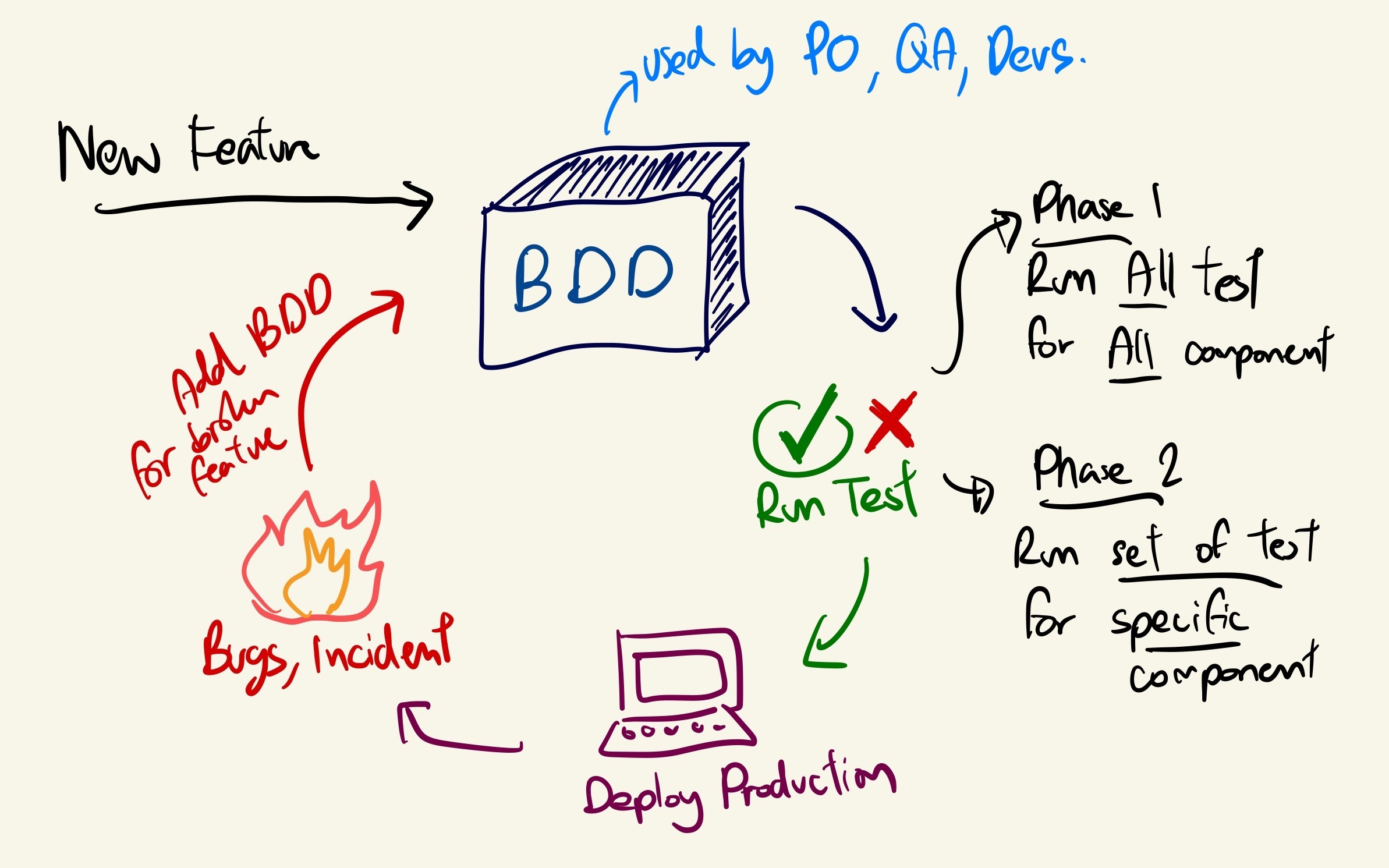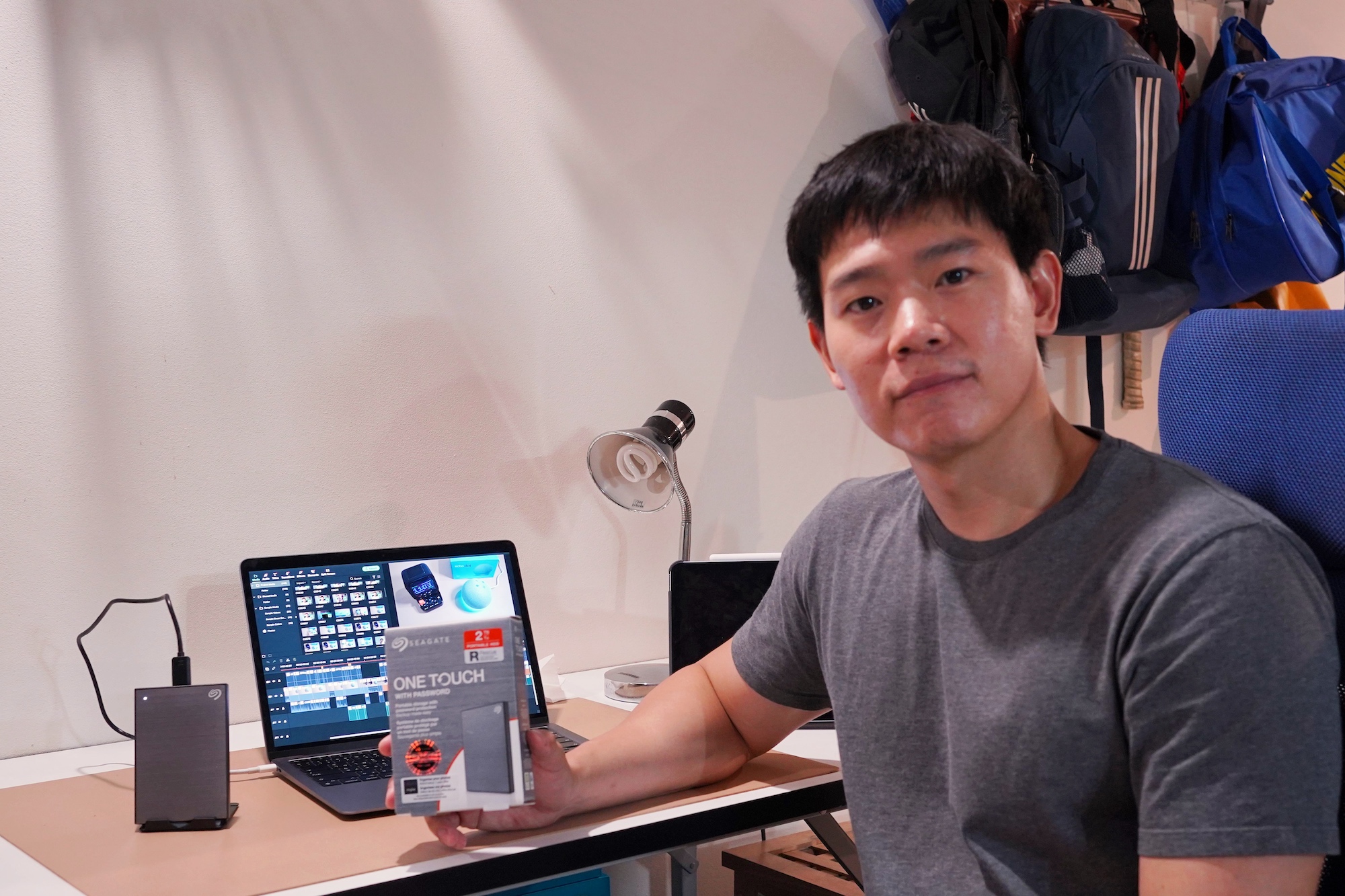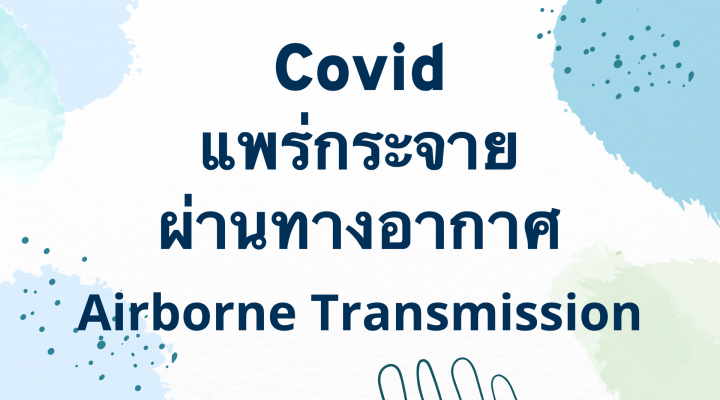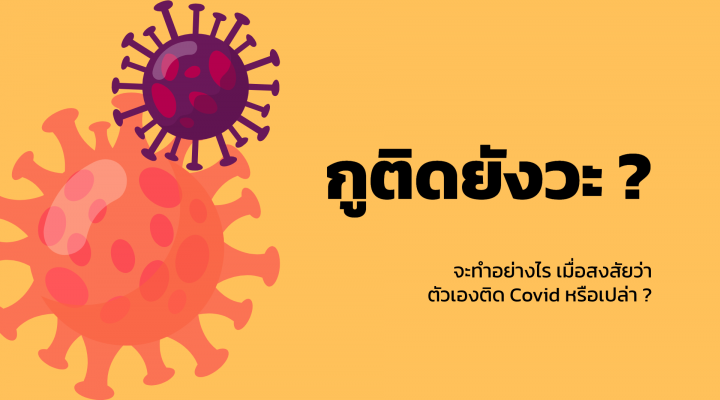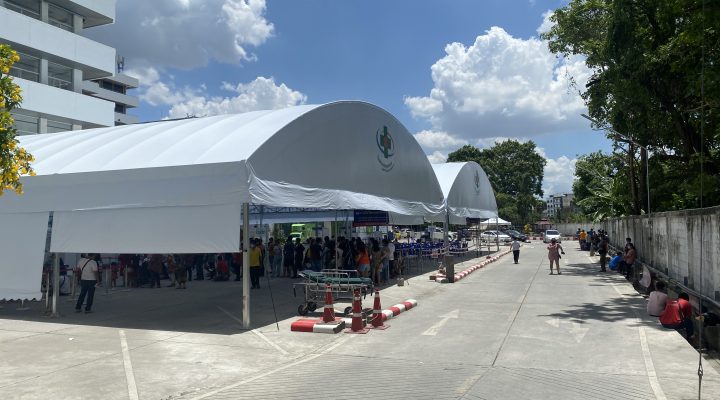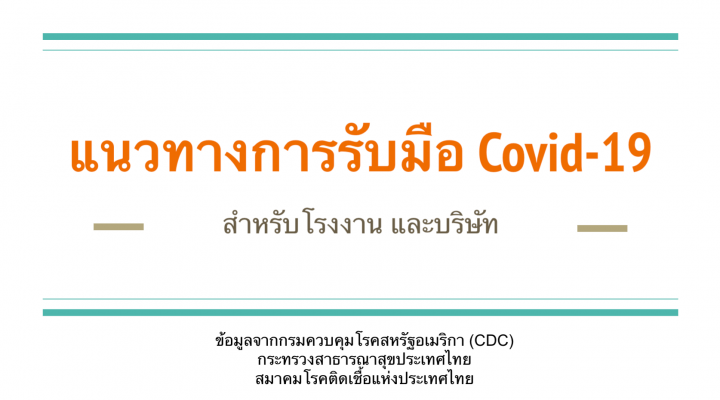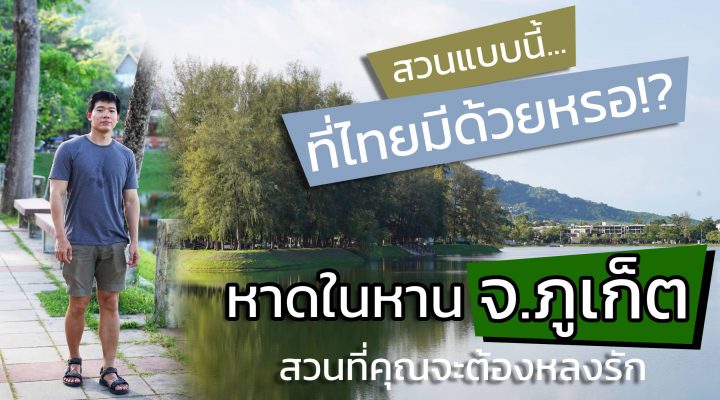Download Keynote Slides: https://drive.google.com/file/d/13VDiwTeoEZ_EKcv0Frk1-I6qtXPHEYe5/view?usp=sharing My Journey Building a Second Brain with Obsidian The concept of building a second brain has fundamentally changed how I manage my personal knowledge. What started as scattered notes and forgotten ideas has evolved into a dynamic and interconnected network of information. My “second brain,” built using Obsidian, is constantly growing and allowing […]
What’s software feature
Overview To understand bug, implement a test, measure test coverage. It’s quite important to know that those are belong to which Feature. But what is definition of Feature ? Definition Click here to expand… Product Definition An entity that work isolate by a group of feature on its own You can have multiple product in […]
Why BDD: Behavioral Driven Development
There are 2 main types of bugs Regression Bugs: A type of software bug where a feature that has worked before stops working New Feature Bugs: An incompleteness, unexpected behavior of new feature Example Car’s Feature – Drive point A to point B – Able to brake / lower speed – Able to turn left or right – […]
รีวิว Seagate One Touch with Password, Ext HDD รุ่นใหม่ล่าสุด แถมฟรี Adobe Creative Cloud Subscription!
สวัสดีครับ พอดีได้รับสินค้า Seagate External Harddisk with Password รุ่นใหม่ล่าสุด ในตระกูลของ One Touch Series เลยอยากเอามารีวิว ให้ดูกันครับ เพราะหลังจากลองใช้แล้ว ก็รู้สึกว่า เหมาะมากๆ กับงานที่ต้องใช้พื้นที่เก็บข้อมูลเยอะๆ เช่น งานตัดต่อหนัง วิดีโอ YouTuber เป็นต้นครับ บอกก่อนเลยว่า ทีเด็ดของ HDD Seagate ก็คือ ของแถมเขาคุ้มมากครับ แถมให้มาถึง 3 ชิ้น! และหนึ่งในนั้นก็คือ Adobe Creative Cloud ครับผม! รูปลักษณ์ภายนอก มาเริ่มกันที่รูปลักษณ์ภายนอกกันก่อน ตัวเครื่องจะมีขนาดเล็ก และบาง นะครับ ซึ่งก็จะไม่ต่างกับรุ่นเก่าอย่าง Backup Plus มากนักครับ โดยที่ขนาดของด้านที่ยาวที่สุด จะอยู่ที่ 11 เซนติเมตรครับ รุ่นที่นำมารีวิวนี้ จะเป็นรุ่นขนาด 2GB นะครับ จากที่ลองสัมผัส […]
Covid แพร่กระจายผ่านทางอากาศ ได้หรือ และวิธีป้องกัน (Covid Airborne Transmission)
ข้อมูลส่วนใหญ่ จะมาจาก Clip YouTube ของรายการ WitCast ที่ดำเนินรายการโดย พี่แทนไท WitCast ร่วมกับ พี่โก้ จากโครงการ Zero Covid Thailand ซึ่งเป็นหน่วยงานที่เน้นการเผยแพร่งานวิจัย ของต่างประเทศ และแปล เพื่อเน้นการยุติการแพร่ระบาดของเชื้่อโรคโควิด และเนื้อหาทั้งหมด จะมีงานวิจัยรองรับนะครับ โดยหลักๆ จะมาจากวารสารทางการแพทย์ The Lancet และผมก็ทำการ Cross Check กับ Guideline ของทาง CDC เช่นเคยครับ ช่องทางหลักในการเผยแพร่โควิด การสัมผัส: ป้องกันด้วยการล้างมือบ่อยๆ การพูดคุย ละอองฝอย (Droplet) ป้องกันด้วยการใส่มาส์ก เว้นระยะห่าง ทางอากาศ ละอองลอย (Airborne) ป้องกันด้วยปรับการระบายอากาศให้ดียิ่งขึ้น และใช้เครื่องวัดคาร์บอนไดออกไซด์ (CO2 Meters) ช่วยในการหาพื้นที่เสี่ยง วิธีลดความเสี่ยง การเผยแพร่ ผ่านทางอากาศ เพิ่มระบบไหลเวียนอากาศ โดยการใช้พัดลม เปิดประตู […]
กูติดยังวะ? สงสัยว่าติด Covid ต้องทำอย่างไร
กูติดยังวะ ? หากสงสัยว่าตัวเองติดโควิด (Covid-19) ต้องทำอย่างไร ในบทความนี้ จะมาอธิบาย เพื่อคลายข้อสงสัยว่า เมื่อไหร่ควรตรวจ และควรตรวจเชื้อโควิดที่ไหนนะครับ ควรเข้ารับการตรวจหรือไม่ ? มีอาการของโรค Covid หรือเปล่า มีความเสี่ยง ใกล้ชิด* ผู้ติดเชื้อหรือเปล่า แนวทางการเข้ารับการตรวจโควิด สำหรับผู้มีอาการ หรือใกล้ชิดผู้ติดเชื้อ เท่าไหร่ เรียกใกล้ชิด ? อยู่ใกล้ผู้ติดเชื้อเกิน 2 เมตร มากกว่า 15 นาที ขึ้นไป ข้อควรรู้ ก่อนการเข้ารับการตรวจเชื้อ Covid ตรวจพบเชื้อที่ไหน เป็นความรับผิดชอบ ของหน่วยงานนั้น ในการหาเตียง รักษา (แต่ไม่ได้แปลว่า จะได้รักษาที่โรงพยาบาลนั้นๆ นะ) เมื่อพบเชื้อโควิด ค่าใช้จ่ายในการรักษา เป็นความรับผิดชอบของรัฐบาล ไม่มีค่าใช้จ่าย หากไม่มีอาการ ควรตรวจเมื่อไหร่ ? ไม่ควรตรวจ หลังสัมผัส ใกล้ชิด ผู้ติดเชื้อทันที ไม่มีคำตอบที่แน่ชัด พบว่า […]
วิธีการตรวจโควิด Covid Test ที่โรงพยาบาลสมุทรปราการ
รูปแบบการตรวจ การตรวจโควิด (Covid Test) ที่โรงพยาบาลสมุทรปราการ (Samutprakarn Hospital) จะมีสองรูปแบ แบบช่องฟ้า และแบบช่องแดง แบบช่องฟ้า (เสียเงินเอง) ลงทะเบียน ชำระเงิน 1,700 บาท (เงินสดเท่านั้น ไม่รับโอน) รอคิวตรวจ Swab เก็บตัวอย่าง รอฟังผล แบบช่องแดง (ผู้มีความเสี่ยงสูง) คัดกรอง วัดไข้ ความดัน ทำบัตร รับอุปกรณ์ Swab เก็บตัวอย่าง รอฟังผล ✅ ตรวจได้ทุกคน เด็ก ผู้ใหญ่ รวมถึงต่างด้าว ที่ไม่มีสิทธิ เปิด ทุกวัน ตั้งแต่เวลา 8 โมง ถึง บ่าย 3 (แนะนำให้รีบไปแต่เช้า) วิธีการเดินทาง โรงพยาบาลสมุทรปรากร ประตู 2 ตรงเข้ามาตามทาง ประมาณ 100 เมตร […]
แนวทางการรับมือ Covid-19 สำหรับโรงงาน และบริษัท
พอดีมีความจำเป็นต้องหาข้อมูล แนวทางการรับมือ แนวทางปฏิบัติ หรือ Guideline สำหรับการต่อสู้กับ Covid-19 ในโรงงาน และบริษัทนะครับ และก็พบว่า ข้อมูลน่าจะเป็นประโยชน์ต่อโรงงาน หรือบริษัทอื่น เลยอยากเอามาแชร์ต่อครับ โดยข้อมูลทั้งหมด จะอ้างอิงจาก 3 แหล่งดังนี้ กรมควบคุมโรคสหรัฐอเมริกา (CDC) กระทรวงสาธารณาสุขประเทศไทย สมาคมโรคติดเชื้อแห่งประเทศไทย โดยแนวทางการปฏิบัติ จะขอแบ่งออกเป็น 4 หัวข้อ ดังนี้ พนักงาน โรงงาน การทำความสะอาด การคัดกรอง การตรวจ Download Slide ทีนี่ 1. พนักงาน เราจะแบ่งพนักงานออกเป็น 4 กลุ่ม 1.1 พนักงานกลุ่มที่ ไม่มีอาการ ไม่มีความเสี่ยง พนักงานกลุ่มนี้ สามารถทำงานได้ตามปกติ ปฏิบัติตามมาตรการป้องกันโรค (ล้างมือ รักษาระยะห่าง งดใช้สิ่งของร่วมกัน) 1.2 พนักงานที่มีอาการ ให้แยกออกจากพื้นที่ทำงานโดยทันที เข้ารับการตรวจเช็คเชื้อโควิดที่โรงพยาบาลตามสิทธิประกันสังคม หากพบเชื้อ เข้ารับการรักษาตามสิทธิ […]
หาดในหาน จ.ภูเก็ต สวนที่คุณจะต้องหลงรัก
ก็อยากมาแชร์ประสบการณ์ ใช้ชีวิตที่ภูเก็ต 14 วัน ในช่วงที่โควิดระบาดระลอกใหม่ที่ผ่านมานะ คือช่วงที่เราไป เป็นช่วงหลังสงกรานต์ ปลายเดือนเมษายน หรือช่วงที่โควิดระลอกใหม่ระบาด โดยเฉพาะในกทม. นะ หลายคนก็ถามช่วงนั้นว่า ยังจะไปทำไมอีก สั้นๆ เลยก็คือ วันลาก็ลาไปแล้ว ตั๋วก็จองไปแล้ว แล้วคิดไปคิดมา กทม. ก็อันตรายไม่แพ้กัน ก็เลยตัดสินใจไปแหละ … พอใกล้ถึงวันเดินทาง ก็ลุ้นทุกคืนว่า จะมีอะไรเปลี่ยนแปลงมั้ย ก่อนวันเดินทาง 1 วัน ก็มีข่าวออกมาว่า “ผู้เดินทางจากพื้นที่สีแดง ต้องได้รับการตรวจโควิด” เอาไงดีวะ คือถ้าตรวจไปก่อนก็ปลอดภัย แต่ที่หลายคนรู้ ไม่ใช่ว่า อยากตรวจก็ได้ตรวจเลย มันหาสถานที่รับตรวจไม่ง่ายเลย ถ้าไปลุ้นผลตรวจที่สนามบิน ก็เสี่ยงโดนกักตัว จากอยู่ภูเก็ต 14 วัน กลายเป็นอยู่โรงพยาบาล 14 วัน อันนี้ก็ไม่สนุกนะ แต่สุดท้ายก็ยอมเสี่ยงดูวะ ระหว่างรอผล ชื่อคนอื่นก็ผ่านไปๆ ไม่ถึงชื่อเราสักที… รอจนแทบจะเป็นชื่อสุดท้าย พอได้ยินชื่อก็เดินไป ใด้ใบผลตรวจมา “NEGATIVE” ดีใจเหมือนได้ […]
“ไม่รู้จักตัวเอง” ปัญหาการเมืองในระดับประชาชนที่ผมมองเห็น
ปัญหาการเมืองในระดับประชาชน ที่ผมมองเห็น ในตอนนี้คือ “คนไม่รู้จักตัวเอง”ไม่รู้ว่า ตัวเองขาดอะไร มีข้อบกพร่องอะไรจึงไม่มีการปรับปรุงตัว และทำให้ปัญหายิ่งขยายไปเรื่อยๆ ความคิดเห็นทางการเมืองของประชาชน แบ่งออกเป็น 3 กลุ่มใหญ่ นั้นคือ กลุ่มปฏิวัติ: กลุ่มที่ต้องการความเปลี่ยนแปลง, สนับสนุนม๊อบ (เลเวล มีตั้งแต่ ล้มระบอบประยุทธ จนถึง ล้มล้างสถาบัน) Ignorance/Apathy: กลุ่มที่สนใจแต่เรื่องตัวเอง มีความฝันอยากมีบ้าน เลี้ยงลูก เลี้ยงหมา ปลูกผัก กลุ่มสลิ่ม: กลุ่มที่ปกป้องขั้ว, สถานะทางการเมืองปัจจุบัน* ไม่อยากใช้คำว่าสลิ่ม แต่ยังหาคำสั้นๆ ไม่ได้ และต้องการ Educate ว่าสลิ่ม คืออะไร ทั้งสามกลุ่มนี้ มีสิ่งที่ต้องรู้จักตัวเองมากขึ้น รับรู้ปัญหา และแก้ไข 1. กลุ่มปฏิวัติ ไม่ว่าคุณจะรับรู้หรือไม่ แต่ปฏิเสธไม่ได้ว่า กลุ่มนี้ มีความรุนแรงซ่อนอยู่จริงๆอาจจะด้วยความหลากหลายของฝูงชน จนเกินความควบคุมแต่ก็ไม่พ้น ที่จะหลุดไปเป็น Content ของฝั่งตรงข้าม นำมาใช้ขยี้หากินเรื่อยไป แต่ที่น่าเป็นห่วงกว่า และแก้ไขได้ คือ Hate […]
